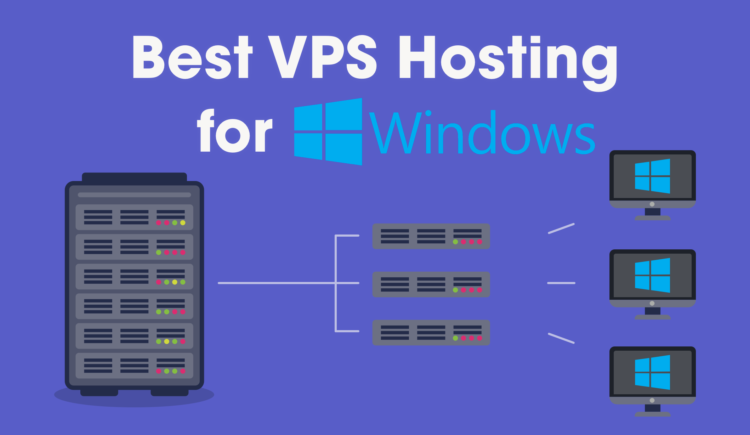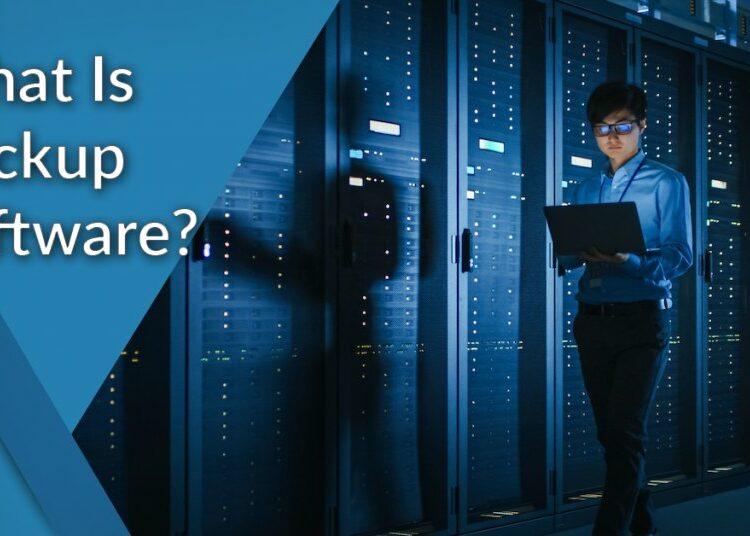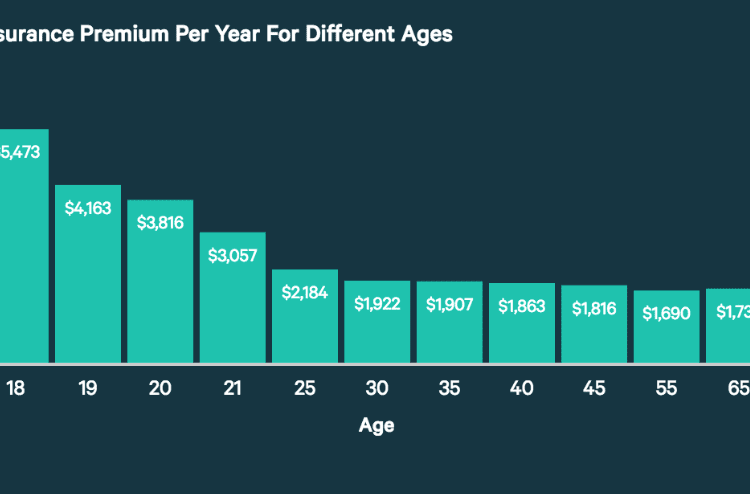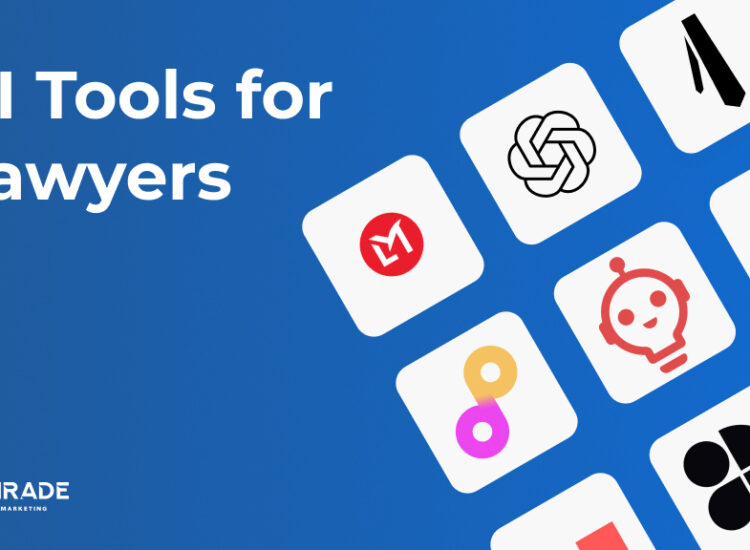The cloud landscape has become increasingly complex, with organizations juggling diverse cloud providers and deployment models. This complexity poses a significant challenge for architects and engineers tasked with managing these environments. Enter cloud management platforms (CMPs), which offer a centralized control point to streamline cloud operations and drive innovation.
Toc
- 1. Understanding the Core Functionalities of Cloud Management Platforms
- 2. Key Considerations for Selecting the Right Cloud Management Platform
- 3. Related articles 01:
- 4. The Evolution of Cloud Management Platforms
- 5. Leveraging Cloud Management Platforms for Enhanced Efficiency and Innovation
- 6. Related articles 02:
- 7. FAQ
- 8. Conclusion
Understanding the Core Functionalities of Cloud Management Platforms

At the heart of a cloud management platform lies its ability to manage cloud resources, such as virtual machines, storage, and networks. These platforms provide self-service portals, allowing engineers to quickly provision and scale resources on-demand. CMPs also offer automated resource allocation, tagging, and orchestration, ensuring efficient and consistent management of the cloud environment.
Mastering Resource Management and Provisioning
One of the key benefits of a robust cloud management platform is its ability to streamline the provisioning of cloud resources. With self-service capabilities, engineers can quickly spin up new virtual machines, configure storage, and deploy network infrastructure without the need for extensive manual intervention. This accelerates the deployment of new applications and services, enabling faster time-to-market for the organization.
Moreover, CMPs often feature advanced automation and orchestration tools that can automatically provision resources based on predefined policies or in response to specific events. This not only improves efficiency but also reduces the risk of human error, ensuring a consistent and reliable cloud environment.
Automating Infrastructure as Code (IaC)
Beyond basic provisioning, cloud management platforms enable Infrastructure as Code (IaC) practices. IaC uses code to define and manage infrastructure, automating tasks like server configuration, network setup, and application deployment. This approach ensures consistency, reduces errors, and speeds up deployment. For example, using tools like Terraform or Ansible integrated with a CMP, organizations can define their entire infrastructure in code, allowing for quick and repeatable deployments across environments.
Ensuring Security and Compliance
Securing cloud deployments and maintaining compliance are critical concerns for architects and engineers. CMPs address these challenges by integrating security features like access control, encryption, and compliance monitoring. They can also seamlessly integrate with security information and event management (SIEM) tools, enforcing policy-based security and helping organizations meet industry-specific compliance standards.
With the increasing regulatory landscape and the sensitive nature of data in the cloud, security and compliance are paramount considerations. CMPs play a crucial role in addressing these concerns by providing centralized control over access privileges, data encryption, and compliance reporting.
Compliance Automation and Reporting
CMPs streamline compliance by automating security audits and reporting. Platforms can monitor security controls, scan for vulnerabilities, and generate reports that meet specific regulatory standards. For instance, a CMP can automatically track compliance with HIPAA for healthcare organizations, ensuring data privacy and security.
Optimizing and Managing Cloud Costs
Cloud cost optimization is a top priority for many organizations, and cloud management platforms play a crucial role in this area. These platforms offer comprehensive cloud cost analysis, providing insights into resource utilization, identifying underutilized resources, and recommending cost-saving measures. CMPs also enable budgeting, forecasting, and chargeback reporting, helping architects and engineers maintain control over cloud spending.
Uncontrolled cloud costs can quickly erode an organization’s budget. Effective cost management is essential to maximize the return on investment in cloud technologies. As cloud costs can quickly spiral out of control, CMPs offer a powerful solution by providing visibility into cloud expenditure, allowing architects and engineers to identify and address cost-drivers.
Key Considerations for Selecting the Right Cloud Management Platform
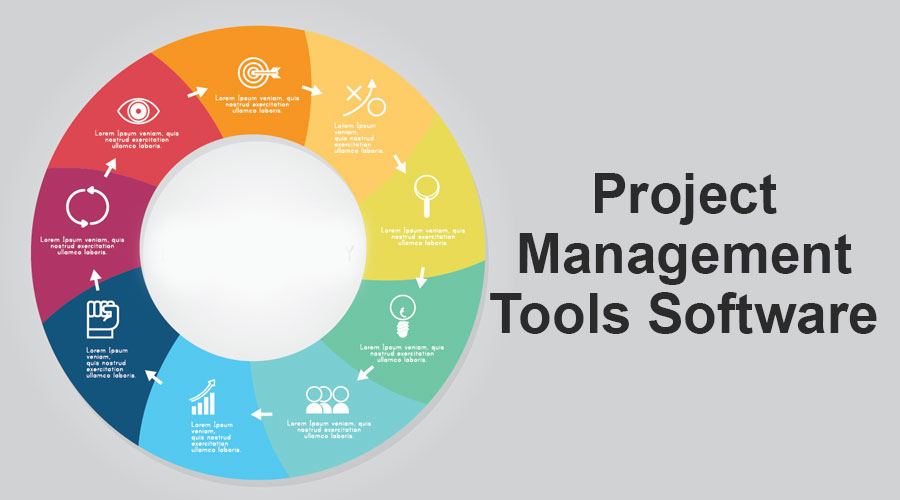
When evaluating and selecting a cloud management platform, architects and engineers should consider several factors to ensure the platform aligns with their specific needs and organizational goals.
Functionality and Features
Align the CMP’s capabilities with the unique requirements of your cloud environment. Look for features like multi-cloud support, integration with existing tools, advanced automation, and robust reporting and analytics. As cloud environments become increasingly complex, the ability to manage and govern disparate resources across multiple platforms is crucial.
Additionally, the CMP’s ability to integrate with your existing tools and workflow can greatly enhance its value. Prioritize platforms that offer seamless API integrations, allowing for smooth data exchange and automation between the CMP and your other enterprise systems.
1. https://kalimbatran.com/archive/1462/
2. https://kalimbatran.com/archive/1461/
3. https://kalimbatran.com/archive/1458/
Scalability and Performance
As your cloud infrastructure grows, choose a cloud management platform that can scale with your needs. Prioritize platforms that offer performance monitoring, resource utilization analysis, and automated scaling mechanisms to ensure your cloud environment can handle increasing workloads.
The scalability and performance of a CMP are critical considerations, as cloud environments can rapidly expand and evolve. CMPs that can effectively monitor resource utilization, identify bottlenecks, and automatically scale resources can help architects and engineers maintain the optimal performance of their cloud-based applications and services.
Security and Compliance
Given the sensitive nature of cloud data, security and compliance should be a top consideration. Evaluate the CMP’s data encryption, access control, compliance certifications, and audit trail capabilities.
In an era of heightened cybersecurity threats and stringent regulatory requirements, the security and compliance features of a cloud management platform are of paramount importance. Architects and engineers must ensure that the selected platform meets or exceeds industry standards for data protection, access management, and regulatory compliance.
Integration and Interoperability
Seamless integration with your existing infrastructure is crucial to avoid compatibility issues. Assess the CMP’s API integrations, support for various hypervisors, and compatibility with diverse cloud providers.
As cloud environments often coexist with on-premises infrastructure and legacy systems, the ability of a cloud management platform to seamlessly integrate with these components is essential. Architects and engineers should carefully evaluate the platform’s interoperability, ensuring that it can effectively bridge the gap between cloud and on-premises resources, providing a unified management experience.
The Evolution of Cloud Management Platforms

The landscape of cloud management platforms is constantly evolving, with several emerging trends shaping the future of cloud management.
AI-Powered Automation
CMPs are increasingly incorporating artificial intelligence and machine learning to automate cost optimization, resource allocation, and performance monitoring. These AI-driven capabilities can provide deeper insights and more proactive recommendations to help architects and engineers optimize their cloud environments.
As cloud environments become more complex and dynamic, the need for intelligent automation and decision-making becomes increasingly critical. CMPs that leverage AI and machine learning can provide unprecedented insights, identify patterns, and automate optimization tasks, empowering architects and engineers to make more informed and strategic decisions.
Serverless Computing Integration
As organizations embrace serverless computing, cloud management platforms are adapting to manage and orchestrate serverless workloads seamlessly. This integration helps architects and engineers leverage the benefits of serverless, such as reduced infrastructure management and improved scalability.
The rise of serverless computing has introduced new management challenges, as traditional resource-centric approaches may not effectively address the ephemeral and event-driven nature of serverless functions. CMPs that seamlessly integrate with serverless platforms can provide a unified management experience, allowing architects and engineers to holistically govern their cloud environments, regardless of the underlying infrastructure.
Multi-Cloud Orchestration
With the rise of hybrid and multi-cloud environments, cloud management platforms are evolving to provide comprehensive orchestration and governance across various cloud platforms. This allows architects and engineers to maintain control and visibility over their disparate cloud infrastructures.
As organizations increasingly adopt a multi-cloud strategy to leverage the unique capabilities and benefits of different cloud providers, the need for a centralized management platform becomes paramount. CMPs that can orchestrate and govern resources across multiple cloud platforms, while providing a consistent user experience, can be a game-changer for architects and engineers navigating the complexities of hybrid and multi-cloud deployments.
Multi-Cloud Governance and Cost Optimization
Modern CMPs are increasingly focused on multi-cloud governance and cost optimization. Platforms like CloudHealth by VMware or CloudCheckr offer centralized visibility and control across multiple cloud providers (AWS, Azure, GCP). These CMPs provide tools for managing costs, optimizing resource allocation, and enforcing consistent security policies across different cloud environments.
Cloud-Native Application Management
The rise of cloud-native applications and containerized workloads has led to the development of CMPs specifically designed for managing these environments. Platforms like Rancher or Red Hat OpenShift offer tools for container orchestration, microservices management, and CI/CD integration. These CMPs provide a comprehensive solution for building, deploying, and managing cloud-native applications.
Leveraging Cloud Management Platforms for Enhanced Efficiency and Innovation

By effectively leveraging cloud management platforms, architects and engineers can drive significant improvements in efficiency, collaboration, and cloud adoption within their organizations.
1. https://kalimbatran.com/archive/1455/
2. https://kalimbatran.com/archive/1459/
3. https://kalimbatran.com/archive/1453/
Automating Repetitive Tasks
CMPs can automate routine tasks, such as provisioning, scaling, and patch management, freeing up valuable time for engineers to focus on more strategic initiatives. This not only enhances efficiency but also reduces the risk of human error.
The automation capabilities of cloud management platforms can have a transformative impact on the day-to-day operations of cloud environments. By taking over mundane, repetitive tasks, these platforms allow architects and engineers to redirect their efforts towards more innovative and strategic endeavors, such as developing new applications, optimizing cloud architecture, or exploring emerging technologies.
Improving Collaboration and Communication
CMPs provide a centralized platform for information sharing, resource management, and standardized workflows. This enables better collaboration and communication among teams, fostering a cohesive approach to cloud operations.
As cloud environments become more complex, the need for effective collaboration and communication among various teams (e.g., infrastructure, application, security, and finance) becomes increasingly critical. CMPs can serve as a central hub, facilitating the exchange of information, the coordination of tasks, and the implementation of consistent processes across the organization.
Accelerating Cloud Migration and Adoption
CMPs offer tools for assessing, planning, and executing cloud migration projects. They can automate the discovery of existing resources, optimize workloads, and streamline the entire migration process, helping architects and engineers accelerate cloud adoption across the organization.
The migration to the cloud can be a daunting and complex undertaking for many organizations. CMPs can play a pivotal role in simplifying and accelerating this process by providing comprehensive tools for assessment, planning, and execution. From automated discovery of on-premises resources to workload optimization and seamless deployment, CMPs can help architects and engineers navigate the cloud migration journey more efficiently, ultimately driving faster cloud adoption and realization of the associated benefits.
FAQ
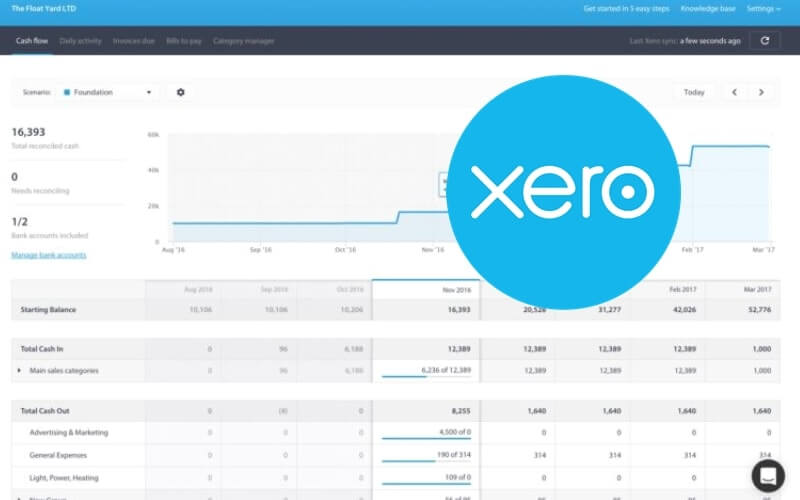
What are the key benefits of using a cloud management platform?
Cloud management platforms can streamline cloud operations, optimize costs, enhance security, and accelerate innovation for organizations. By providing centralized control, automation, and optimization capabilities, CMPs empower architects and engineers to maximize the value of their cloud investments.
How do I choose the right cloud management platform for my organization?
When selecting a cloud management platform, consider factors such as functionality and features, scalability and performance, security and compliance, and integration with your existing infrastructure. Aligning the CMP’s capabilities with your specific requirements and organizational goals is crucial.
What are some emerging trends in cloud management platforms?
Some key emerging trends in cloud management platforms include AI-powered automation, seamless integration with serverless computing, comprehensive orchestration across multi-cloud environments, and a focus on cloud-native application management. These advancements are aimed at helping architects and engineers navigate the increasing complexity of cloud landscapes.
How can cloud management platforms help my organization achieve its business goals?
Cloud management platforms can contribute to business growth and innovation in several ways, such as enabling cost savings, improving operational efficiency, enhancing security and compliance, and accelerating the adoption of cloud technologies. By streamlining cloud management, CMPs can free up resources and allow organizations to focus on more strategic initiatives.
Conclusion
Cloud management platforms are essential tools for cloud architects and engineers navigating the complexities of modern cloud environments. By providing centralized control, automation, and optimization capabilities, CMPs empower organizations to maximize the value of their cloud investments, improve efficiency, and accelerate innovation. As the cloud landscape continues to evolve, the strategic implementation of a CMP can be a game-changer for organizations seeking to master the challenges of cloud complexity.



